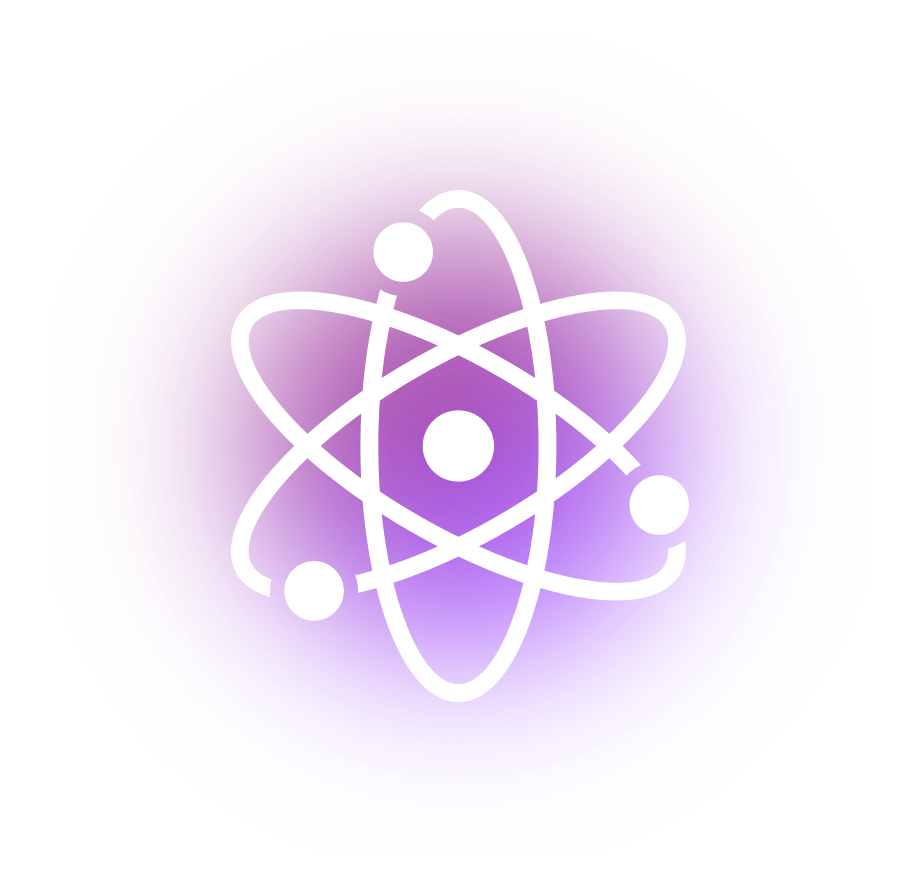3kN Ablative Rocket Engine
Project Type
Rocketry
Project Overview
After the success of our first rocket engine firing, we aimed to recreate the engine to teach new members the lessons we learned. We decided to make it different by designing an ablative engine instead of a steel heatsink engine.

The primary objective was to create an onboarding project for junior members rather than a technical showcase of expertise. To ensure an effective learning experience we had 3 targets for the design and build:
Cost-Effective:
The engine had to be affordable to make it accessible for new members.
Project Goals
Quick Build:
The design needed to allow rapid construction to fit within limited training times.
Low Complexity:
Simplifying the design ensured it was easy to understand and replicate.

Material Selection
We chose MDF (Medium Density Fiberboard) inspired by UBC's use. MDF is super cheap, easy, and fast to work with while effectively demonstrating the principles of an ablative material in a rocket engine

Design and Construction
-
Modular Design: The engine was designed to be modular, enabling experiments with different ablative materials, chamber geometries, and pintle injector sizes.
-
Combustion Chamber: The MDF ablative was machined into ring sections, which, when stacked, created the geometry of the combustion chamber, throat, and nozzle. This stack could be inserted into a steel housing, allowing easy removal and replacement of the ablative after each firing.
-
Pintle Injector: The pintle was also modular. Both the annulus and pintle tip could be removed and replaced with different-sized parts without altering the top of the combustion chamber.

The practical knowledge gained from handling my own designed components and understanding the importance of tolerances & fits were extremely valuable.
Lessons Learned

-
Design flexibility: The modular nature of the engine allowed us to move quickly due to freedom of making changes late into design phase.
-
Iterative Design: The modular nature of the engine allowed us to iterate quickly, testing various configurations and learning from each experiment.
-
Material Properties: Working with MDF provided insights into the behavior of ablative materials under high temperatures and stress, contributing to our understanding of material performance in rocket engines.
-
Team Collaboration: This project fostered teamwork and knowledge transfer, essential skills for engineering projects.
Impact and Outcome
This ablative rocket engine project successfully met its goals, serving as a practical and educational tool for new team members. It highlighted the importance of cost-effective, rapid prototyping in engineering and demonstrated how modular design can facilitate experimentation and learning. The experience and knowledge gained from this project are valuable additions to my portfolio, showcasing my ability to lead and innovate in aerospace engineering.
Skills and Learning
Throughout this project, I gained extensive knowledge and hands-on experience in various facets of rocket engine development, including design, manufacturing, simulation, and testing. This journey has been instrumental in shaping my skills as an aspiring rocket engineer, ready to take on the challenges of this dynamic field.








